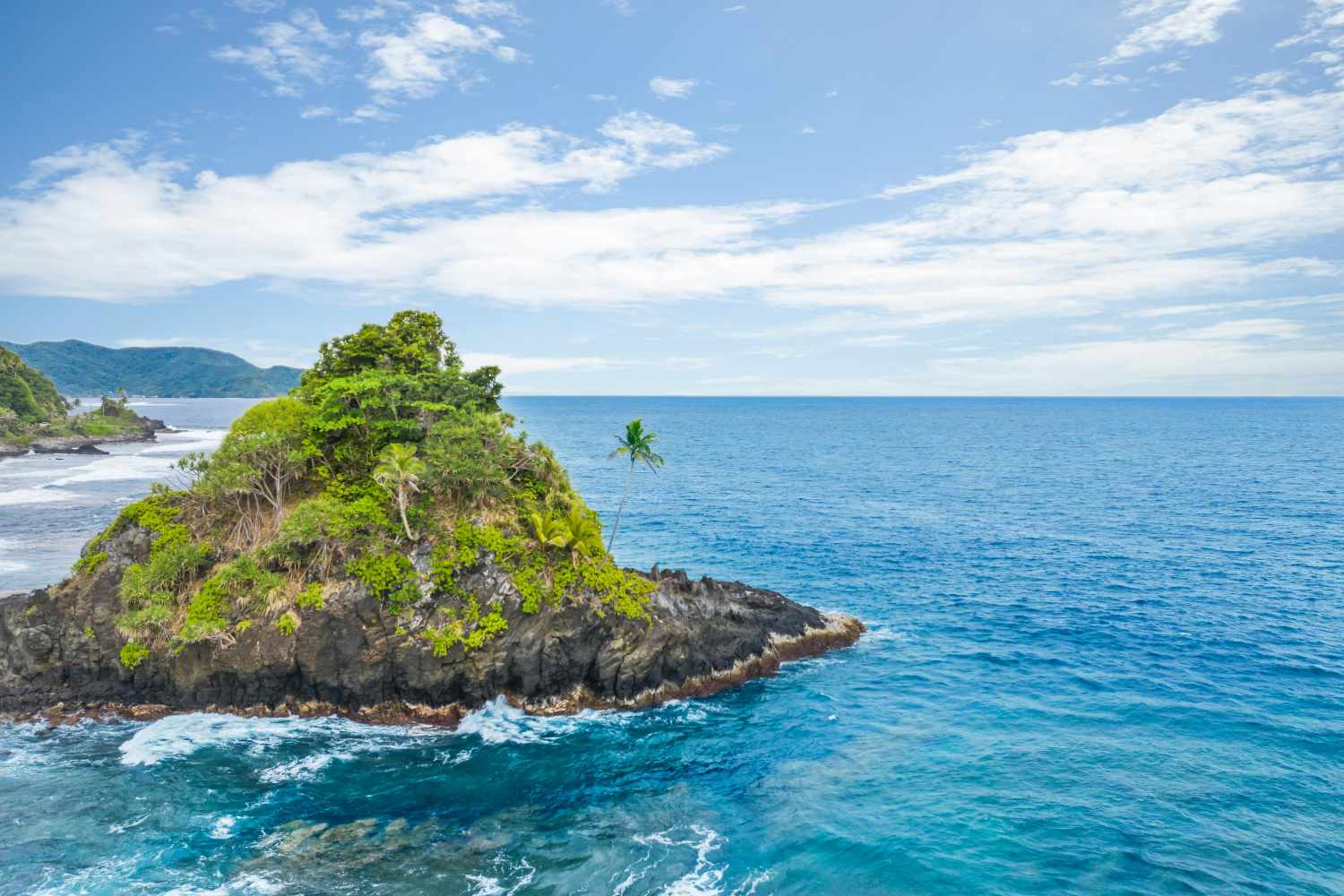Samoa announces the creation of nine marine protected areas to safeguard 30% of its ocean by 2030, setting a global example of sustainable marine governance.

@Jason Boyd
In a groundbreaking move, Samoa has announced the establishment of nine new marine protected areas (MPAs) that will cover a vast 36,000 square kilometers (13,900 square miles) of ocean, an area roughly the size of Vietnam. This marks a crucial step toward the global 30×30 goal, which aims to protect 30% of the world’s oceans by 2030.
The newly adopted Marine Spatial Plan, officially legalized under the country’s Environmental Act of 1989, not only mandates the full protection of these areas (where all extractive activities, from fishing to the installation of artificial barriers, are prohibited) but also outlines the sustainable management of 100% of Samoa’s national waters within the next five years.
This plan complements traditional management systems already in place, such as fishing reserves and marine areas managed by local communities. With the active involvement of 185 communities, the initiative is built on a participatory approach, blending ancient knowledge with modern science to ensure the effective protection of marine ecosystems.
A legally binding commitment to follow through
Samoa’s waters are home to a unique range of biodiversity, from hawksbill sea turtles and spinner dolphins to the endemic Taei goby fish found only in Samoan reefs. Additionally, this region serves as a critical migratory corridor for humpback whales.
Cedric Schuster, Samoa’s Environment Minister, described the plan as “a historic step” in safeguarding a heritage that is central to the country’s cultural, economic, and environmental identity. In a world where climate change, overfishing, and habitat degradation threaten the Pacific islands, Samoa is positioning itself as a leader in sustainable marine governance.
Samoa’s move sets a precedent for other countries. According to Kevin Chand, director of Pacific Ocean Policy, the contribution of Pacific nations could play a pivotal role in galvanizing global action on marine protection.
Organizations such as the Waitt Institute and Conservation International have praised Samoa’s initiative, highlighting the significance of a legally binding commitment based on multi-level collaboration. While many “protected” areas worldwide still allow destructive practices, like dredging the seabed, Samoa stands out as an example of genuine and inclusive conservation.
